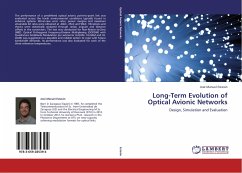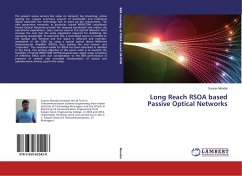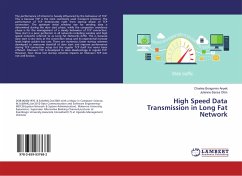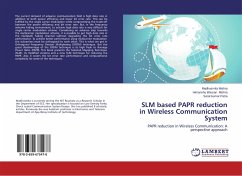The performance of a predefined optical avionic point-to-point link was evaluated across the harsh environmental conditions typically found in airborne systems. Worst-case error rates, power margins and maximum attainable bit rates were obtained at -40oC, 25oC and 90oC. Vibrations and shocks were statistically analyzed through radial, angular and distance offsets in the connectors. The test was conducted for Non-Return-to-Zero (NRZ). Optical Orthogonal Frequency-Division Multiplexing (OOFDM) with Quadrature Amplitude Modulation per subcarrier (4-QAM, 16-QAM and 32-QAM) was suggested as a plausible and reliable option to cope with future bandwidth demands. Its performance was also evaluated for each of the three reference temperatures.








